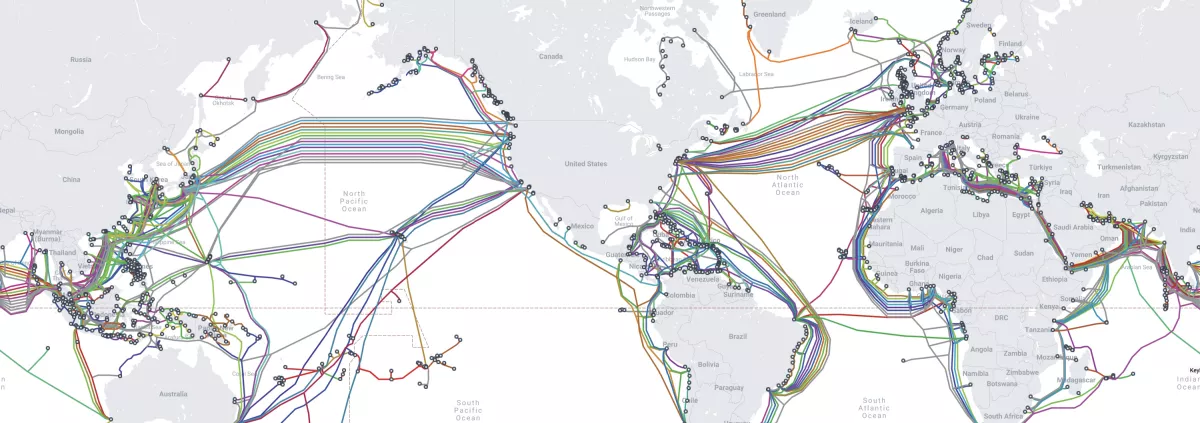Last week, two cyclones hit Vanuatu leading to the declaration of a state of emergency and leaving an estimated 58,000 children in an extremely precarious situation. For Vanuatu and other Pacific Islands, extreme weather events threaten lives and livelihoods, including tsunami created by earthquakes in the Pacific Ocean. Disaster warning systems are essential for saving lives by allowing residents to move to higher ground. However, the existing tsunami warning network is limited to the 65 active deep-ocean buoys designed to measure wave patterns and improve tsunami forecasting, and this system is too sparse to effectively inform Vanuatu before disaster strikes.
There is, however, an existing information network that runs near Vanuatu: the commercial undersea telecom cables which connect Vanuatu with the world. By equipping this cable network with sensors to measure water pressure and temperature, this data source would provide essential information to improve tsunami predictive systems. A recent innovation in the sensor technology is currently beginning the pilot stage, and within the next few years the Science Monitoring and Reliable Telecommunications (SMART) subsea cables could begin scaling up. When this technology eventually reaches the Pacific, it could enable response times from warning systems to increase to 5 to 10 minutes. This could be implemented in the form of a new SMART cable, which would simultaneously provide a second high-speed connection to reduce risk from communication blackouts like that caused in Tonga last year after a volcanic eruption severed that country’s only telecom cable.
Read more about Vanuatu’s approach in their Climate Change and Disaster Risk Reduction Policy 2016-2030. This policy document seeks to strengthen existing capacity while taking into consideration the availability of resources, risks models, and demographics, creating a framework for mainstreaming climate change and disaster risk reduction into sustainable development processes and aligning vision and strategies across stakeholders to support initiatives and funding.
Read the full bulletin here.

Please log in or sign up to comment.